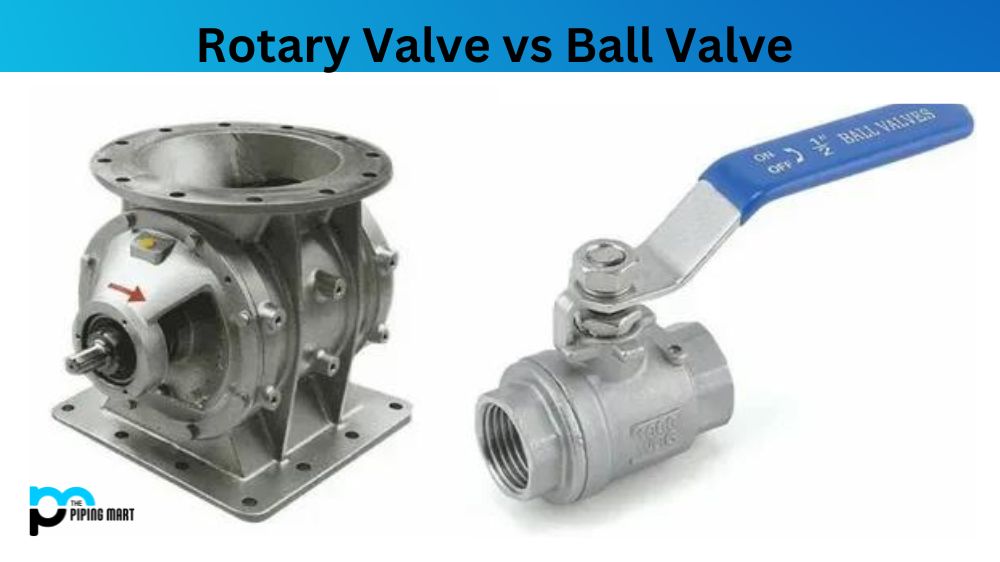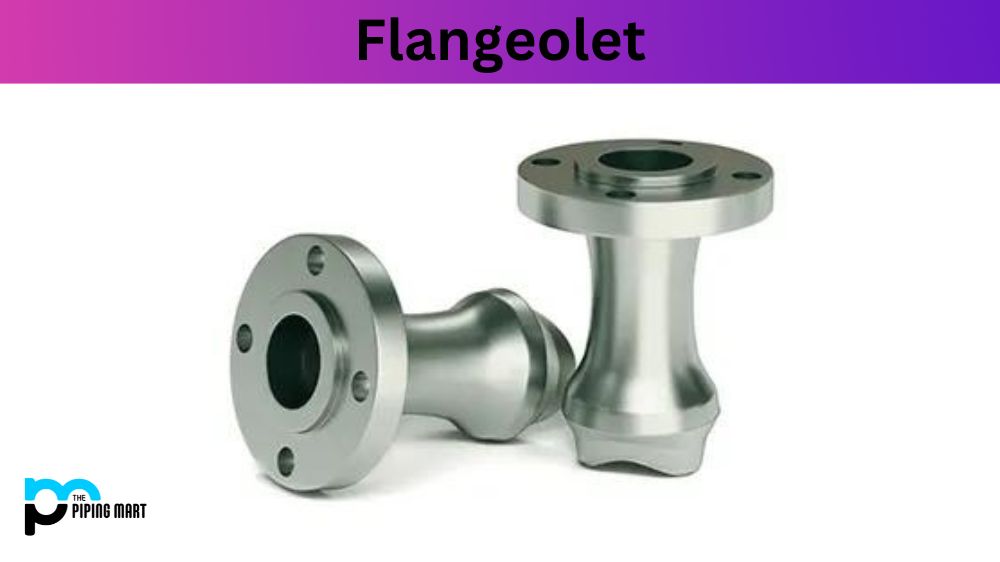Choosing the right valve is essential when you’re looking to get the most out of your industrial processes. The right valve can significantly affect manufacturing efficiency and product quality. Two popular valve types are the rotary valve and the ball valve. In this blog post, we’ll explore the key differences between rotary and ball valves to help you determine which is best suited for your needs.
What is Rotary Valve?
A rotary valve is a device used in many engineering applications to control the flow of a gas or liquid. It consists of a cylindrical chamber containing a rotor with several slots cut around its circumference. When the rotor spins, these slots create openings in the chamber, allowing fluid to pass through. As the speed of the rotor increases or decreases, so does the amount of fluid flowing through it – making it an ideal tool for controlling flow rates.
What is Ball Valve?
Ball valve is a quarter-turn valve used to control the flow of fluids, gases and liquids in piping systems. It features a spherical disc that opens when turned so that fluid passes through, then closes when turned again to stop the flow. Ball valves are known for their superior reliability, tight shut-off properties, as well as their low cost of operation. They can handle high temperatures and pressures, making them ideal for industrial applications needing efficient shut-off valves with long service life.
Difference Between Rotary Valve and Ball Valve
Design and Functionality
Rotary valves have a cylindrical drum or rotor that rotates inside a housing. The rotor has ports on the sides that open and close, allowing materials to flow through. Rotary valves are commonly used for bulk material handling in pneumatic conveying systems. On the other hand, ball valves have a spherical closure unit that rotates to control fluid flow. Ball valves are commonly used in pipeline systems where fluids must be shut off quickly.
Applications
Rotary valves are versatile and can be used across various industries, including food processing, chemical, and pharmaceutical manufacturing. They are best suited for handling bulk materials and dry powders. Ball valves are commonly used in liquid-handling applications, such as oil and gas processing, water treatment facilities, and sewage treatment plants.
Cleaning and Maintenance
Rotary valves require periodic cleaning to prevent material build-up and ensure proper functioning. Depending on the material being handled, the valves may need to be removed for thorough cleaning. Ball valves, on the other hand, are easy to clean and maintain. They have a simple design and require minimal effort during cleaning.
Cost
Rotary valves are generally more expensive than ball valves. Since they have a more complex design, they require more precise machining, which increases the production cost. On the other hand, ball valves have a simple design and are less expensive to produce. However, the upfront cost only tells part of the story. Rotary valves have a longer lifespan and require less maintenance, making them more cost-effective in the long run.
Size and Flow Rate
Rotary valves are available in various sizes and can handle various flow rates. Ball valves are also available in different sizes but have a lower maximum flow rate. A rotary valve may be the best option if you need to handle a large volume of materials. A ball valve is a more practical choice for small to medium flow rates.
Conclusion:
In conclusion, choosing between a rotary and a ball valve depends on various factors, including handling materials, industry, cleaning and maintenance requirements, and flow rates. While both valves have advantages and disadvantages, rotary valves are best suited for handling bulk materials and powders, while ball valves are ideal for liquid handling applications. Regardless of your choice, choose a high-quality valve from a reputable manufacturer to ensure efficient and long-lasting performance.
Meet Heer, a dynamic and driven writer learning tricks of her trade in the metal industry. With a background in Digital Marketing, Heer brings a unique perspective to her writing, sharing valuable insights. Apart from blogging she like reading and hiking.




